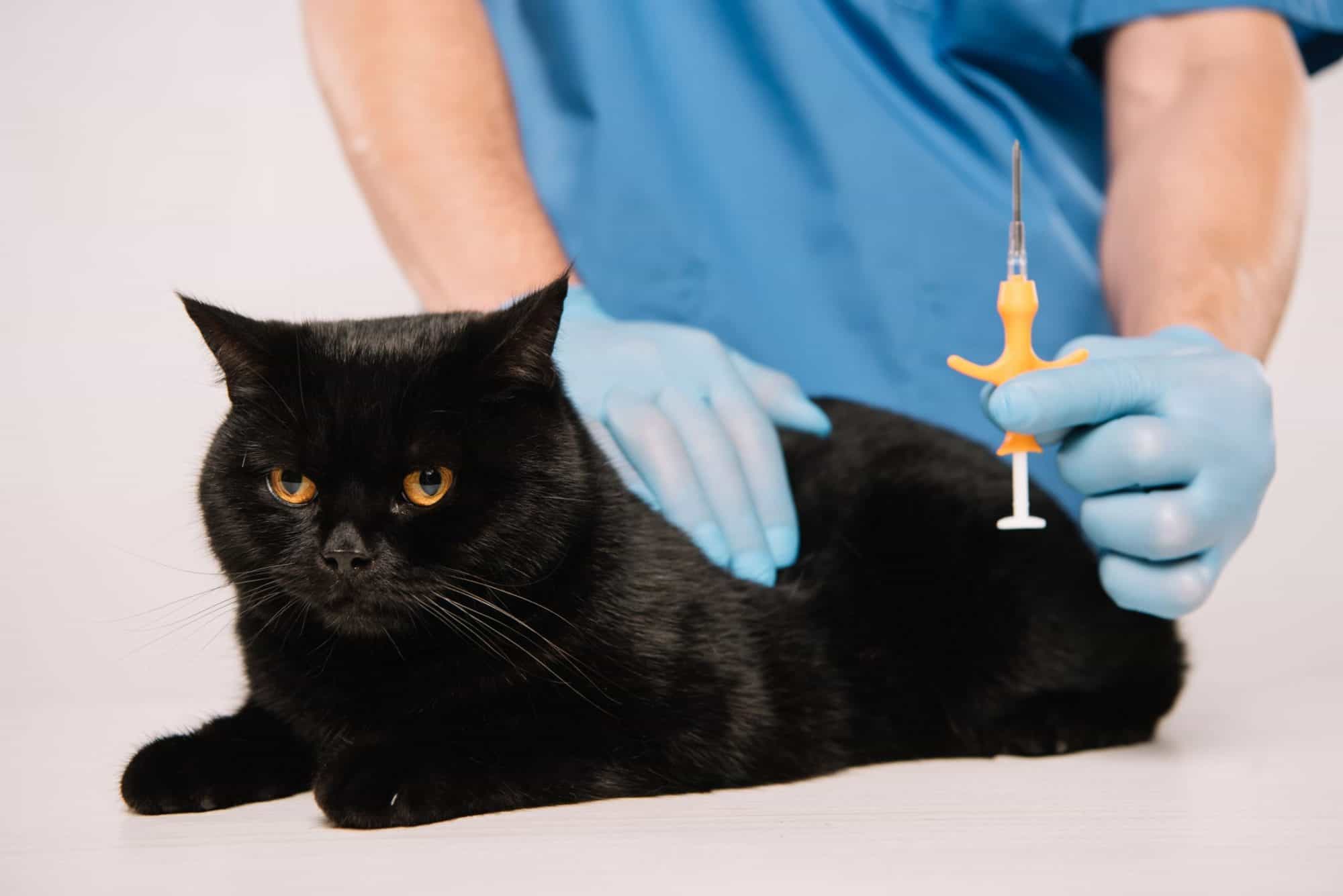No Regrets: Why Microchipping Your Pet Is So Important

No matter the situation, it’s almost always better to have something and not need it, than need something and not have it. This is particularly true in the case of microchipping your pet. The chances of ever having to rely on their chip might not be huge, but if they do get lost or separated, a microchip is incredibly valuable.
July is National Lost Pet Prevention Month. Since microchips play an important role in reuniting owners and their pets, we hope to raise awareness and interest in this incredible safeguard.
The Stats
Millions of pets enter the shelter system annually. In fact, 1 in every 3 family pets will get lost at some point in their lives. Without a permanent identification number that cannot be altered or removed, many pets never find their way home. Microchips are responsible for reuniting pets and their people every day, and have a direct, positive impact on the shelter system.
What Is It?
If your pet has received routine vaccinations, they’ll be familiar with the sensations associated with implanting a microchip. Preloaded in a sterile applicator, and using a long-bore needle, microchips are injected just beneath the outermost layer of skin between the shoulder blades. The entire procedure takes just a few seconds, and since it doesn’t require anesthesia, they’ll be on their way without blinking. Microchips can even be implanted during a spay/neuter procedure.
Protecting Privacy
Microchips employ radio-frequency identification to transmit a unique code to a chip scanner. They do not work like a global positioning device (GPS); instead, a microchip requires zero power and can last a pet’s lifetime. Microchips do not track your pet or send information about their location.
Not a Substitute
Microchipping your pet is a secondary level of identification, after their collar and tags. Microchips are not substitutes for ID tags, but can be effective if your pet’s collar gets lost. If you ever have to prove that your pet truly belongs to you, their unique microchip number is the only way to do so.
Following Through
Microchipping your pet doesn’t begin and end with injection. Owners must set up an account with the chip’s manufacturing company in order to register your pet. You will provide your pet’s name with your own contact information, and list us as your pet’s veterinarian. You can log into your account any time to update contact information, something we highly recommend. Please rest assured that your private information is always secure.
During your pet’s next wellness exam, ask us to scan their chip to see how the process works. It’s incredibly satisfying!
Microchipping Your Pet
We encourage all pet owners to not only microchip their pets, and also follow through with the registration process with the chip’s manufacturer. In this way, you are adding an extra layer of protection against permanent loss or separation.
If you have any questions about this easy, affordable service, please call us at (732) 387-7977. Dr. Mary is always happy to help you keep your pet safe and sound!
